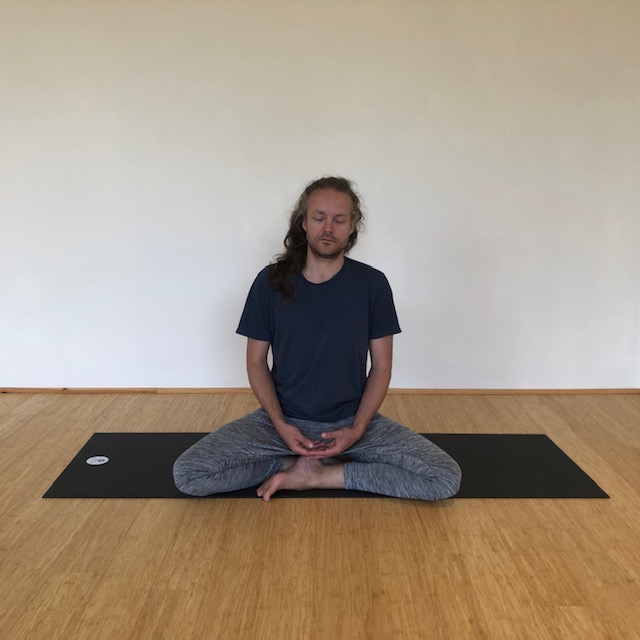When you are a regular Downward-Facing-Dogger (or any other Yoga pose enthusiast) getting an injury can be incredibly disheartening. Yoga is as safe as any other form of exercise. But like all forms of physical movement, it can potentially cause musculoskeletal pain or injury (or worsen injuries you already have). Here are some ways to reduce the risks.
DON’T ALWAYS GO FOR THE MOST STRENUOUS OPTION
It is important to learn which variation of a pose will best suit your needs and select the option that is appropriate for you. Know your limits and make sure your breathing is not constricted in any way. Start slowly and learn the basics first rather than trying to stretch too far, and if you are unsure of a pose or movement, ask your teacher. Discuss any known illness or injury prior to the class so he or she can recommend pose modifications. Make sure you are warmed up thoroughly before you start to push yourself further – cold muscles, tendons and ligaments are vulnerable to injury.
ADJUST YOUR POSTURES
Sometimes pre-existing injuries indicate that you need to use props or take an entirely different pose altogether. For example, sitting on a blanket in Janu Sirsasana (seated head-to-knee pose) might relieve your lower back pain but if not, then Supta Padangusthasana (reclined hand-to-big-toe pose) might be an ideal alternative. Supine variations of postures can offer a safe and effective way to stretch while protecting your joints. Remember that to be healthy in body and mind, sometimes it means doing something that looks different to the rest of the class.
AIM TO FEEL CONNECTED AND BALANCED
Often injuries and trauma come from pushing yourself beyond your limits. When your muscles are tense and you’re right at your edge, your nervous system doesn’t feel safe. Therefore it is important to respect your body’s boundaries. Part of the practice is learning how to bring your body and mind back when you’ve gone too far. By combining movement and breath, you start building those mind-body connections. This can help you better understand physical and mental sensations and avoid feeling like a stranger in your own body.
LISTEN TO YOUR BODY
Should Yoga make you feel sore? If you’re new to Yoga, just getting back into your practice after some time away, or trying some new postures that aren’t part of your usual routine then you probably will feel a bit sore the next day. It’s perfectly normal. You might have deeply stretched some muscles that you’ve not accessed in recent times. If the soreness continues beyond 48 hours, you might want to take it down a notch in the next class rather than pushing through the pain. But don’t give up because of post-practice soreness, as inactivity is likely to leave you in even more pain the next time you practice. Our philosophy at One for All is to practise to the intensity and frequency of your individual body type.
